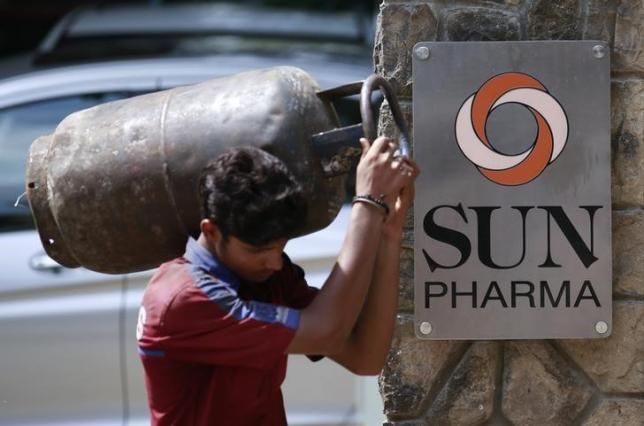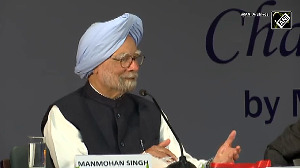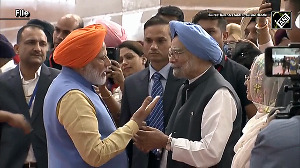
Sun Pharmaceutical's acquisition of Ranbaxy has received final approvals.
Together, they become the largest player in the highly fragmented Indian pharmaceutical industry, with a market share of 9.2 per cent.
Globally, Sun Pharma will become the fifth largest generics firm with a combined revenue of $4.5 billion (over Rs 28,000 crore at the current exchange rate).
Many would argue this is a milestone for not just Sun Pharma but the export-oriented Indian pharmaceutical industry that has become in many ways the global supplier of cheap generics of adequate quality, making Indian generics an integral part of the structure being developed for affordable care not just in the United States but Europe, too (through state-driven procurement).
Or so would Indians like to believe.
There are one or two thorns in this rosy scenario.
For one, several Indian pharmaceutical companies have in recent years fallen foul of the global leader in pharmaceutical regulation, the US Food and Drug Authority (FDA).
India's attempts to fix its regulation have struggled. The 2007 Bill to amend the Indian Drugs and Cosmetics Act was withdrawn, as it was approved by the Rajya Sabha, but the Lok Sabha did not find the time to do so till its life ended in 2014.
The amendment was moved in the first place as there was considerable criticism of the inadequacy of the Indian regulatory system.
It is, however, significant to note that on the completion of the approval process for the merger, the managing director of Sun Pharma, Dilip Shanghvi, declared that the bigger entity "will focus on gaining trust of regulators globally".
This makes sense. Indeed it should be a priority not just for the enlarged Sun Pharma - which proposes to devote $300 million or six-seven per cent of the combined revenue in 2015 to research and development - but for the entire industry and the government, too.
It is the last that will have to take care of the Indian public, which should be assured of an adequate supply of drugs that are affordable, effective and safe.
In this connection, it is necessary to address a notion among a section of the Indian industry and public that for whatever reason the US regulator is targeting Indian pharma exporters.
First, while FDA observations on and actions against Indian-owned facilities are prominently displayed in the Indian media, these are part of an average day's work for the FDA and well-known drug manufacturers in developed economies are also periodically at the receiving end of such action.
Second, in recent years the FDA has tightened its own processes and its actions are now more rigorous than in the past.
Third, even if it were true that the FDA was a little too harsh on Indian companies, it should be a matter of conscious strategy for the sector, since the US market is the most vital for leading Indian manufacturers, to be on the right side of the FDA.
An FDA official has on a recent Indian visit emphasised the importance of data integrity - that which a firm submits to substantiates its quality control procedures and efforts.
Sun Pharma will now be expected to go forward from there.










 © 2024 Rediff.com -
© 2024 Rediff.com -